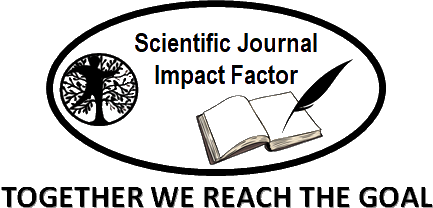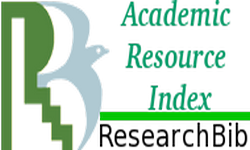Author: Xo’jamov, Umidjon Umarkulovich; Samadov, Alisher Usmanovich.
Annotation: Waste electrical and electronic equipment includes a large number of hazardous substances, including lead containing glass, brominated flame retardants, polybrominated biphenyls, polychlorinated biphenyls and polybrominated diphenylethers. Environmental risks include leaching of heavy metals and organic micropollutants into groundwater from landfills and storage sites, and release of dioxins during thermal treatment of waste. In addition to the increase in the amount of WEEE generated, the list of toxic substances associated with WEEE is also expanding. The risks associated with the misuse of waste electrical and electronic equipment are twofold: environmental degradation and loss of valuable resources. Despite their toxicity, printed circuit boards contain valuable materials that can be recovered for both environmental and economic benefits. WEEE management in developing countries includes repair, reuse and poor quality recycling in the predominantly informal recycling sector. For this reason, this article provides an overview of methods for improper recycling of e-waste.
Keywords: e-waste, plastics, smelting, pyrolysis, flame retardants, bromine, dioxins, furans, polybrominated organic pollutants and uncontrolled landfills.
Pages in journal: 212 - 217







